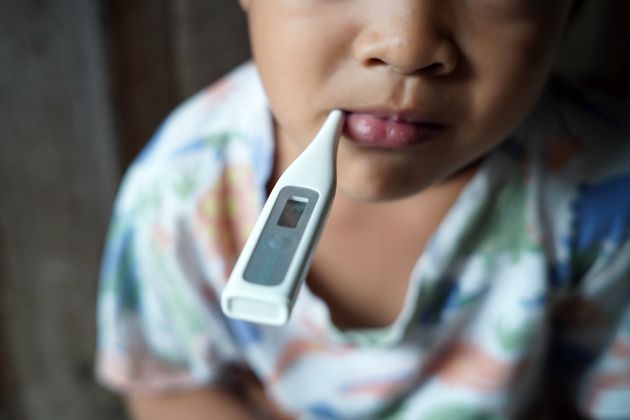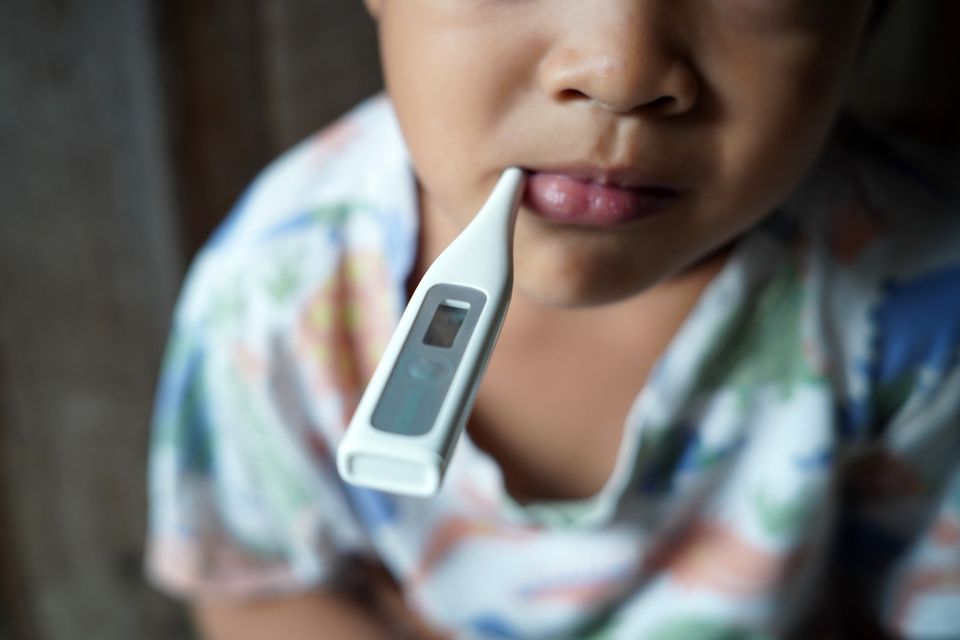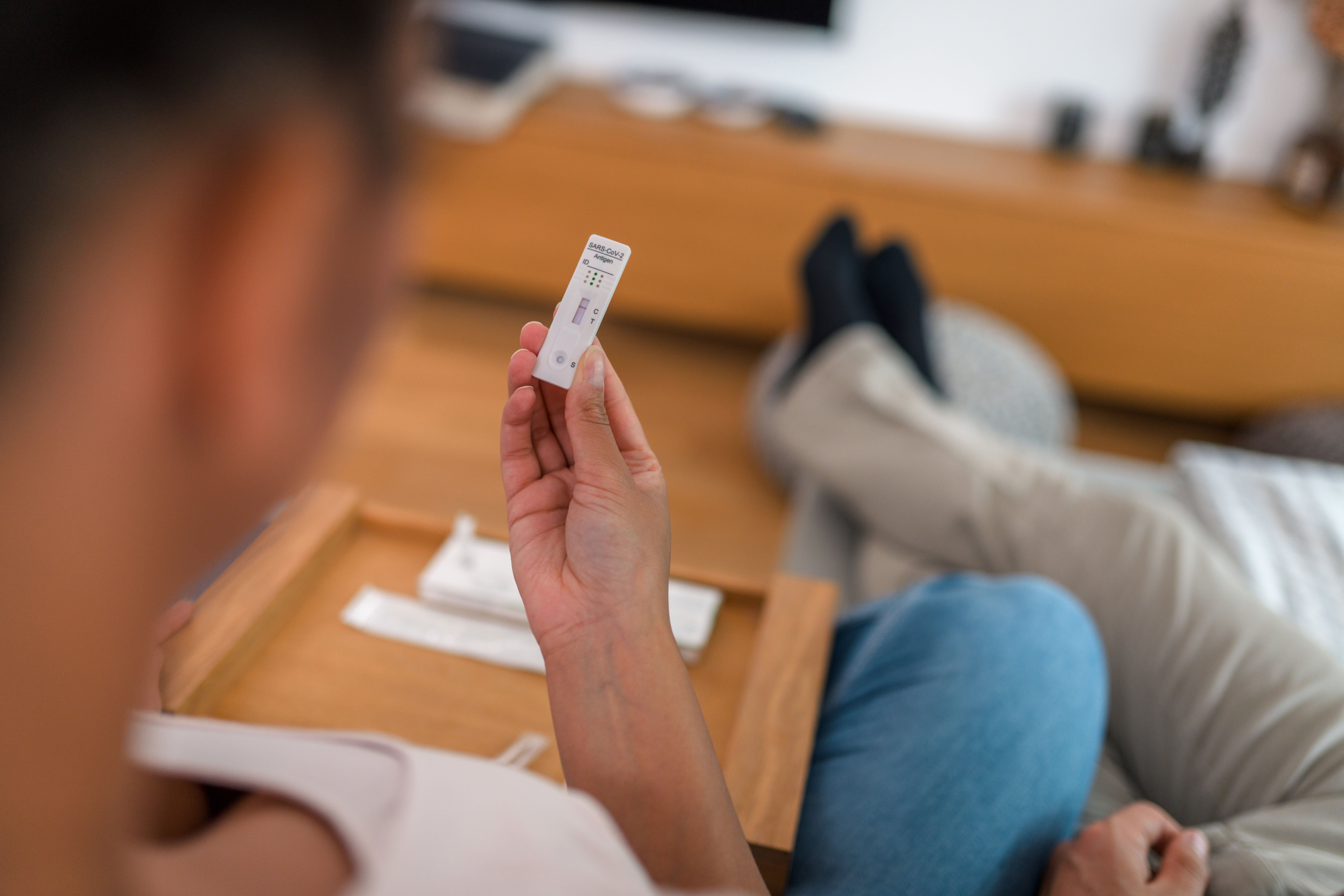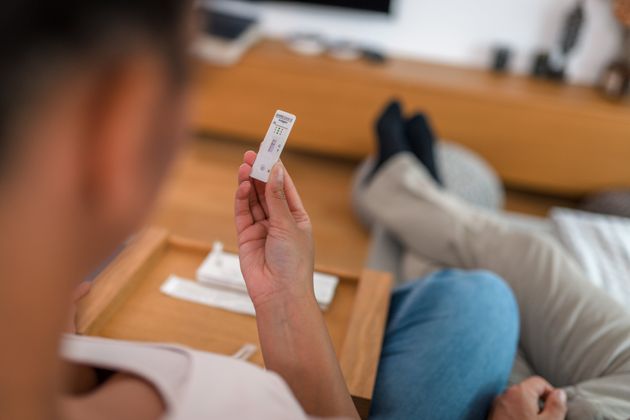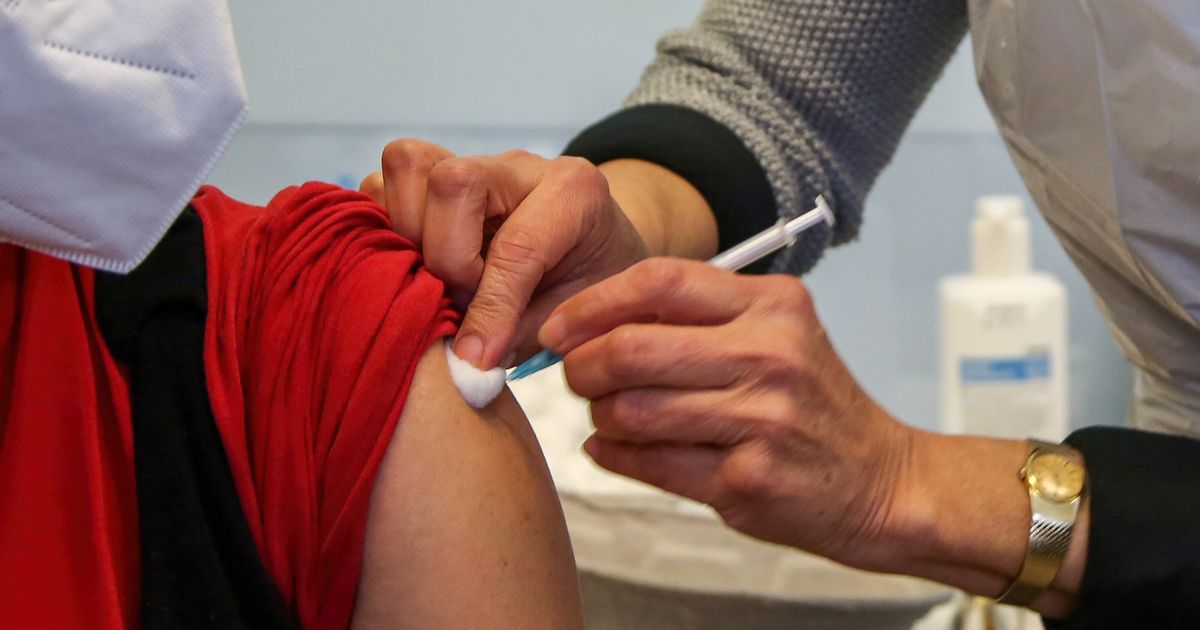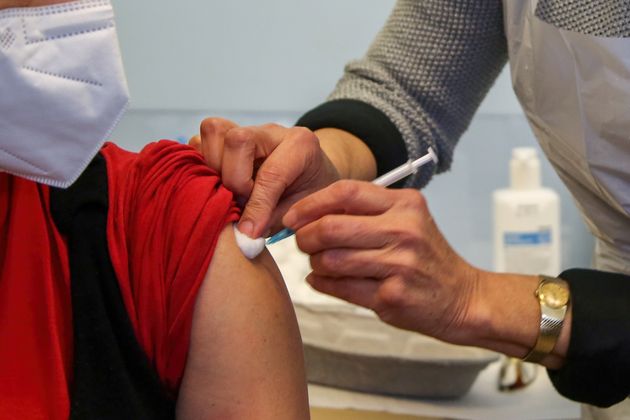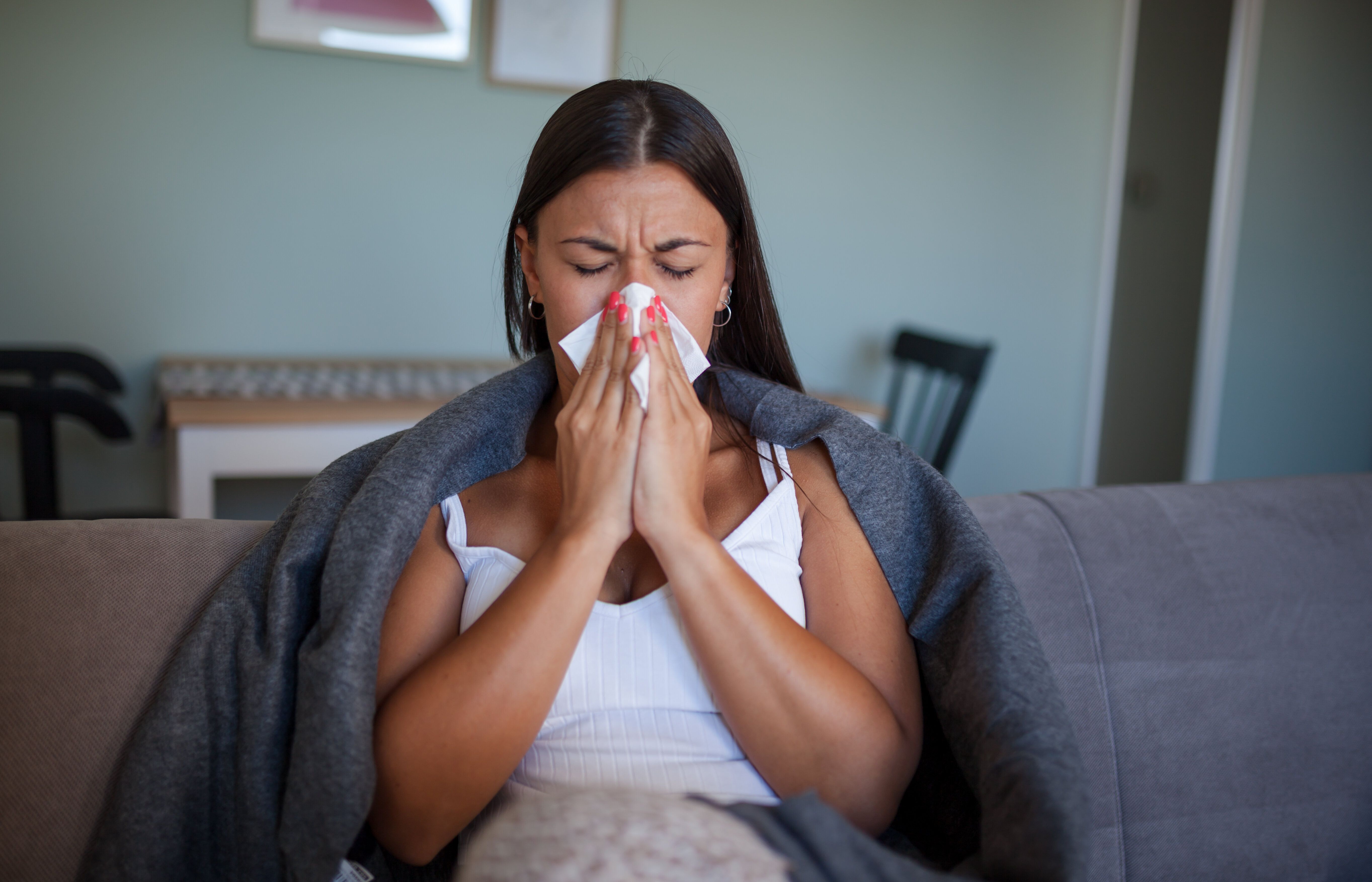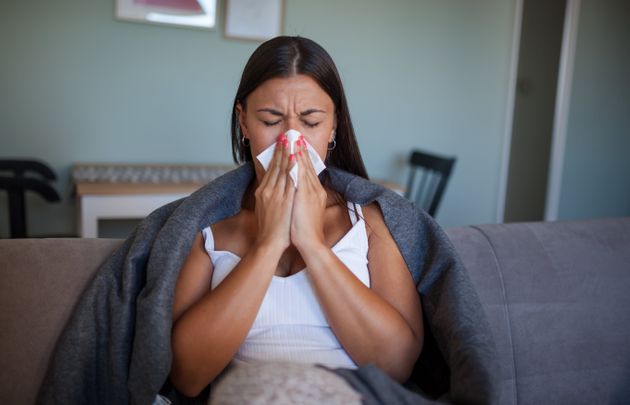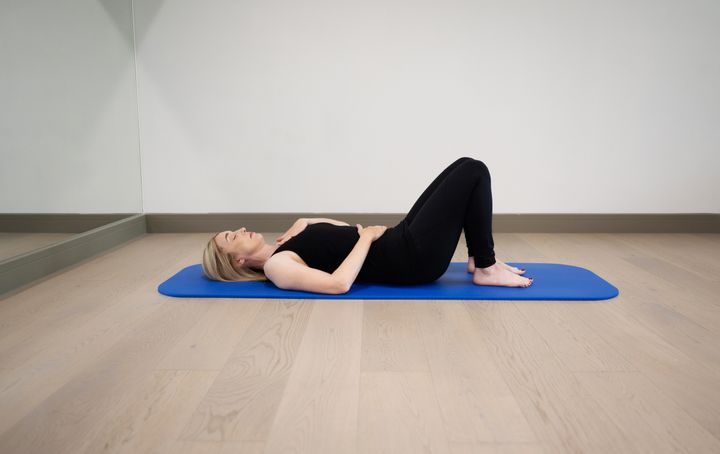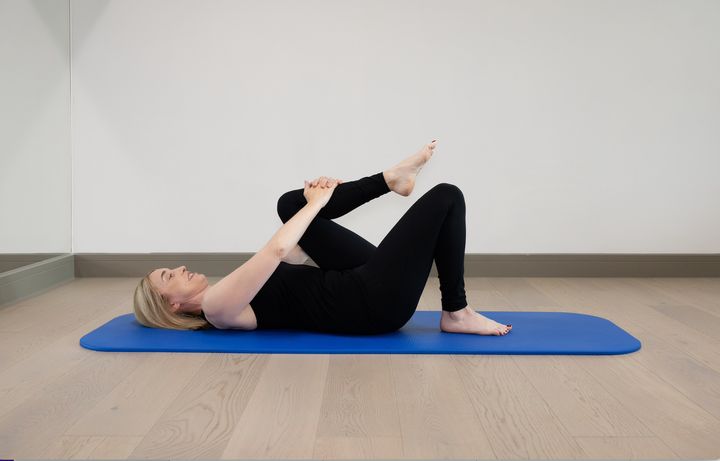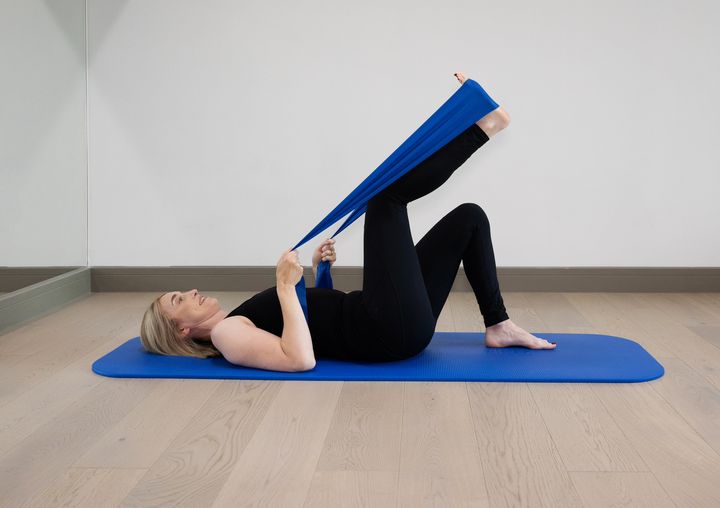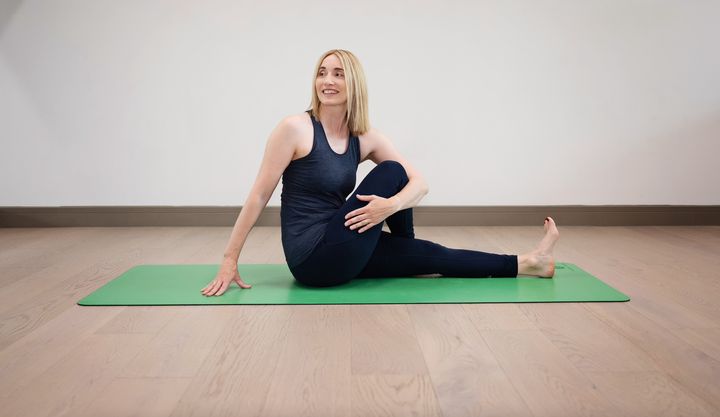You’ve likely heard talk in the news about XBB1.5, an Omicron variant that has become a dominant strain of the Covid-19 virus in the US and that experts warn could soon become so in the UK, too.
According to the latest data from the Centers for Disease Control and Prevention, XBB1.5 accounted for 27.6% of overall US infections in the first week of January, inching closer to overtaking BQ.1.1 as the most common variant.
Advertisement
While for the most part this Omicron variant is similar to previous ones, there are a few things to know about XBB1.5, especially if you believe that it may have hit your household.
What symptoms of XBB1.5 are common in children?
Experts agree that symptoms tend to be the same as those we’ve seen before.
“I have not seen any evidence to suggest the main symptoms of XBB variant are different from previous variants,” Dr. Ruth Kanthula, a paediatric infectious diseases specialist at MedStar Health, tells HuffPost.
Common symptoms in children can include:
- Fever
- Fatigue
- Achiness
- Sore throat
- Cough
- Nasal congestion or runny nose
- Headache
- Lost sense of smell or taste
- Shortness of breath or difficulty breathing
- GI symptoms such as nausea, vomiting and diarrhea
“It’s hard to tell about loss of taste and smell in young kids,” says Dr. Tanya Altman, a paediatrician and author of Baby and Toddler Basics.
Advertisement
Altman says she has noticed that kids tend to be less interested in eating while they are sick, and ask for “more flavourful or spicy foods after they recover, which to me suggests their taste may not have fully recovered yet.”
Altman describes the majority of Covid infections that she is seeing now as mild – with kids having less serious symptoms than adults, such as shortness of breath. She adds that children seem to be recovering quickly after testing positive.
“This could be due to the fact that most of the population has some sort of immunity from previous infections or vaccines, or the virus is now weaker, and I think it’s likely a combination of both,” she continues.
It’s important to note, however, that a child can have two respiratory viruses at the same time, which may cause their symptoms to be more severe. Other viruses in heavy circulation right now include RSV and the flu, which some have dubbed, along with Covid-19, the “tripledemic”.
Advertisement
How contagious is XBB1.5?
The “main difference that has been observed with XBB variant compared to other Covid-19 variants is that XBB variant spreads quickly,” says Kanthula.
Advertisement
Because the XBB1.5 variant has quickly come to account for a large portion of infections, scientists think that it may be more highly transmissible than other variants.
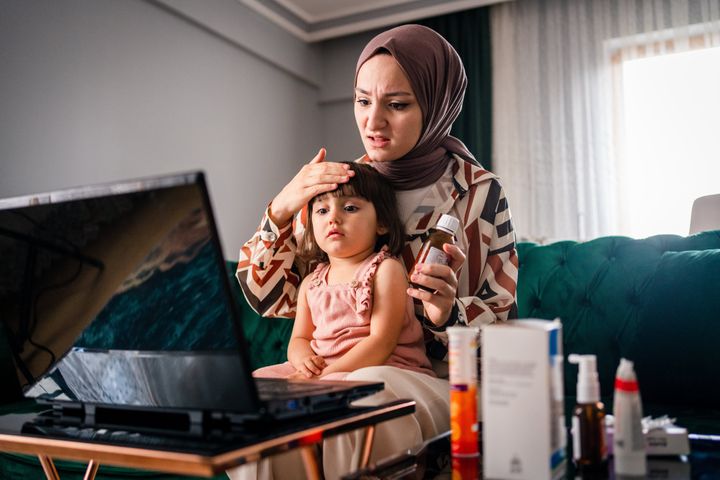
Phynart Studio via Getty Images
“The XBB.1.5 variant has a mutation virologists believe is helping the virus better bind to cells and thus be more transmissible,” Johns Hopkins professor of molecular microbiology and immunology Andy Pekosz explained in a Q&A on the university’s website.
Practically, this means that the virus could infect many members of a household, or a school classroom, in a short amount of time.
In addition to being more highly transmissible, XBB1.5 also seems to be “immune-evasive,” according to Pekosz, meaning that there may be a lot of breakthrough infections in people who have previously had Covid, are immunised, or both.
Advertisement
What should I do if I think my child has XBB1.5?
If your child has any of the symptoms listed above, it makes sense to give them a Covid-19 test. Note that these tests will only tell you whether your child is positive for Covid-19, not which viral strain they have.
Treat your child’s symptoms just as you would any other respiratory virus, with rest, fluids and acetaminophen/ibuprofen for fever or aches. As always, says Altman, if your child has a fever for more than four days, isn’t keeping fluids down, has trouble breathing or looks really sick, call your doctor.
For infants under three months, you should contact your doctor if they have a fever of 38°C or higher or miss two feeds, as young infants can become very sick with different respiratory viruses.
Does my child need to quarantine if they are infected?
As the NHS website explains, you have Covid-19, you can pass on the virus to other people for up to 10 days from when your infection starts. Many people will no longer be infectious to others after five days.
Anyone with Covid is currently advised by the NHS to try to stay at home and avoid contact with other people for five days, and avoid meeting people at higher risk from Covid-19 for 10 days, even if those people have had a Covid-19 vaccine.
Advertisement
“If a child or young person aged 18 or under tests positive for Covid-19, they should try to stay at home and avoid contact with other people for 3 days. This starts from the day after they did the test,” the guidance continues.
“Children and young people tend to be infectious to others for less time than adults. If they’re well and do not have a temperature after 3 days, there’s a much lower risk that they’ll pass on Covid-19 to others.”
While it’s frustrating to have to keep your child home from school, particularly if they’re not feeling ill, Altman says: “Covid is one that you really don’t want to spread to others, especially those who are high risk, so please keep your kids home when sick, mask if you need to leave your house with sick kids and keep them away from others as much as possible.”
How can I prevent my child from getting XBB1.5?
“I think the goal now is to learn to live with Covid, just as we live with flu, RSV and other contagious respiratory illnesses,” says Altman.
Stay home when sick, wash hands, disinfect surfaces, teach kids to cover their faces when they cough or sneeze, and mask when appropriate (such as days six to 10 of a Covid-19 infection.)
Advertisement
Even though XBB1.5 is known to evade immunity, “based on past experience we know that vaccination can protect against developing severe disease,” says Kanthula, so you should make sure your children have been vaccinated and had boosters.
Altman says she believes that the hybrid immunity of three doses of vaccination and one illness seems to offer the most protection against reinfection.
Experts are still learning about Covid-19. The information in this story is what was known or available at the time of publication, but guidance could change as scientists discover more about the virus. To keep up to date with health advice and cases in your area, visit gov.uk/coronavirus and nhs.uk

